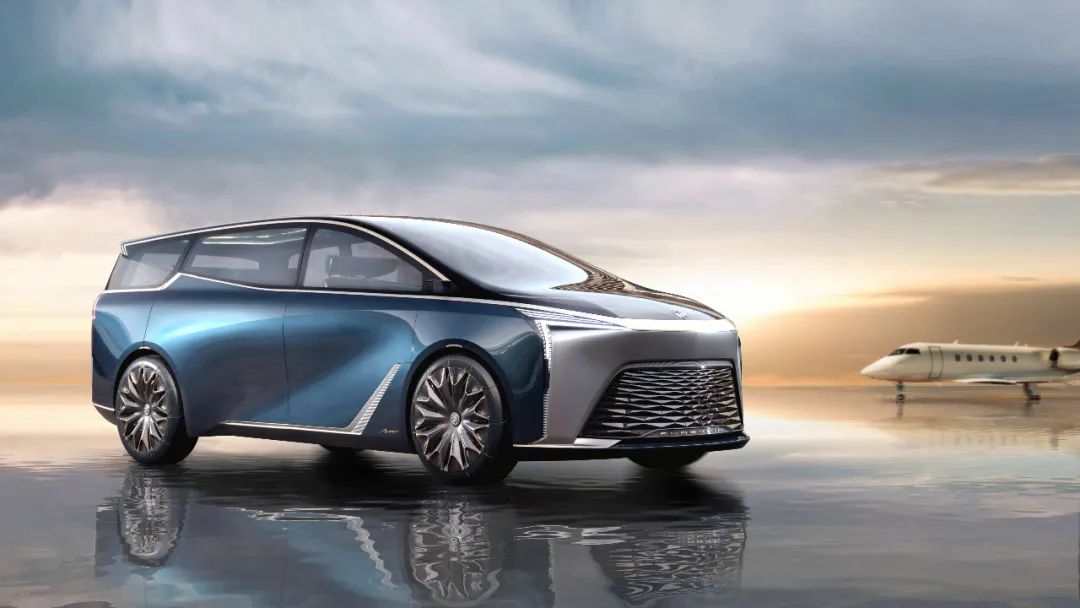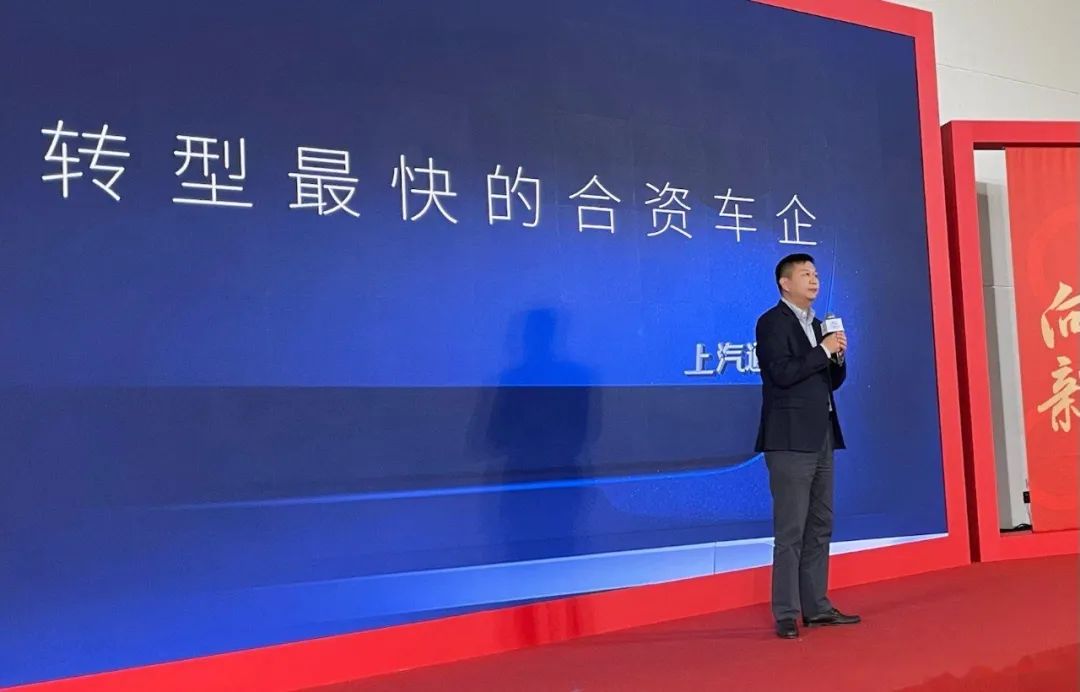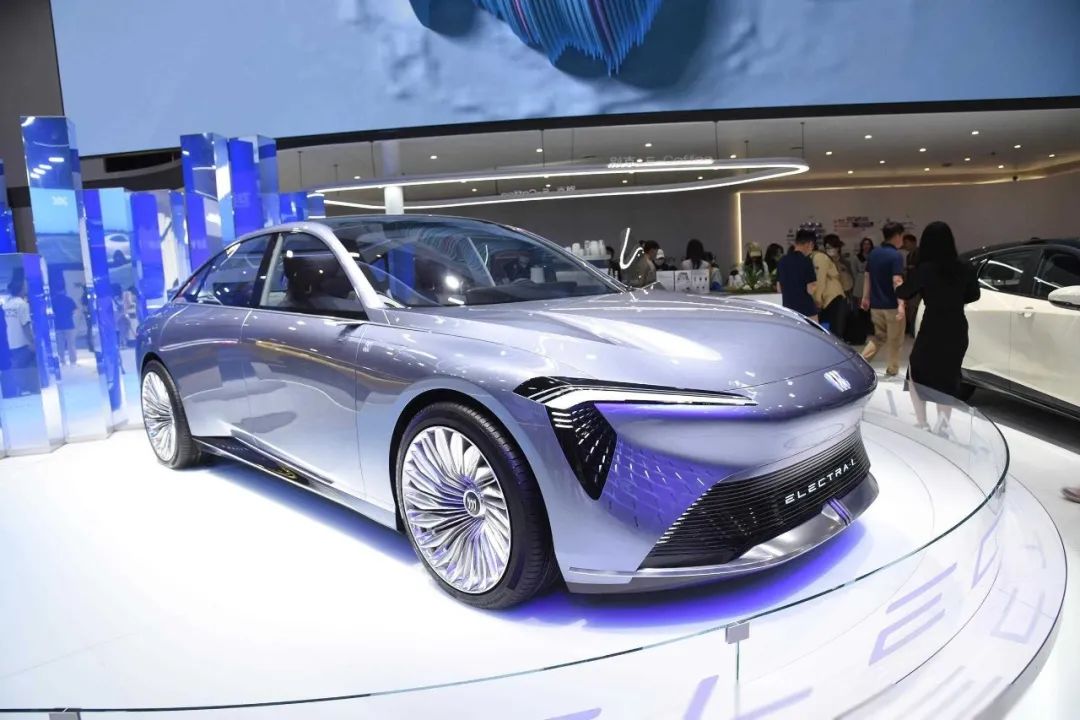Exclusive: Buick Imports Roewe Technology for New Models, SAIC-GM Reduces Dependence on Foreign Capital
![]() 03/25 2025
03/25 2025
![]() 758
758

We have exclusively learned that SAIC-GM has planned a series of products codenamed NCXB, including two to three new models that will import core technology from SAIC. Unlike many joint ventures that adopt the "shell-swapping" strategy when introducing independent brand products, SAIC-GM has significantly redeveloped the NCXB series.
Utilizing PATAC's R&D capabilities, SAIC-GM aims to optimize its entire product line to suit the Chinese market, encompassing new energy vehicles with 900V+6C charging and intelligent driving technologies, as well as internal combustion engine vehicles. For instance, a specific Buick internal combustion engine vehicle underwent not only a new benchmarking process but also a new supplier designation during its annual refresh.
In recent years, joint venture automakers have faced challenging circumstances, but those with deeper local roots have greater scope for transformation.
The first level of localization is the extent of supply chain localization, while a deeper level involves R&D localization. Nowadays, among the leading joint venture automakers still exploring transformation, whether they have established R&D in China has become a dividing line.
By Xing Ruifang
Edited by Mao Shiyang
Auto Pixel (ID: autopix) Original
01.
New Models Incorporating SAIC Solutions
We have exclusively learned that SAIC-GM will launch a new C-segment new energy SUV this year, with the internal codename NCUB. This model is expected to come in both extended-range electric (EREV) and battery electric (BEV) versions, making it SAIC-GM's first extended-range vehicle.
Within the SAIC-GM product line, NCUB will be a unique model. From the vehicle platform to the three-electric system, this car will utilize SAIC Group's technology rather than General Motors' technology. Starting last year, SAIC has introduced the core technology of one or more new vehicles to its subsidiaries SAIC-GM and SAIC Volkswagen. Based on existing products from SAIC's independent brands such as Roewe, the two joint ventures have developed their new products.
Earlier this year, Lu Xiao, general manager of SAIC-GM, revealed that SAIC-GM plans to launch 12 new energy vehicles from 2025 to 2027. An average of four new products per year would be a challenging task for any domestic automaker if each product were developed from scratch. A more strategic approach is to leverage shareholder resources.
We have exclusively learned that SAIC-GM has planned at least three products requiring the introduction of core technology from SAIC, in addition to NCUB, there are also NCLB and NCSB of the same architecture. Among them, NCLB is a new energy sedan with dimensions comparable to the Roewe D7, while NCSB is also a new energy sedan but with a smaller body size than NCLB.
Using existing products from independent brands for development is already a common strategy among joint venture automakers. This year, models such as the GAC Toyota BZ3X, Dongfeng Honda S7, and Dongfeng Nissan N7, which are new joint venture models, are all developed based on products from the independent brands of the respective companies' Chinese shareholders.
While all involve technology imports, different joint venture automakers adopt distinct strategies. To expedite mass production and market launch of new products, many joint ventures retain the functions already defined for the independent brand models and even most of the component supplier designations. Consequently, there is a high degree of similarity between the joint venture's new models and the corresponding independent brand models, with some even being dubbed "shell-swapped cars" by outsiders.
SAIC-GM is striving for differentiation. A responsible person from SAIC-GM's marketing system told us that the three NCXB products will borrow SAIC's platform, electrical and electronic architecture, and three-electric system to varying degrees, and on this foundation, the products will be redeveloped by PATAC as much as possible.
PATAC, a research and development institution jointly established by General Motors and SAIC Group almost simultaneously with SAIC-GM, has earned a reputation as the "Whampoa Military Academy" of automotive R&D in China. Many individuals now active in key R&D positions at emerging automakers have worked at PATAC.
Lu Xiao, who took office as general manager of SAIC-GM in August last year, has worked at PATAC for nearly 30 years. After taking charge of SAIC-GM, Lu Xiao has prioritized products. Under his supervision, PATAC has shortened the development time for all products to 18 months, down from the previous average of over 24 months.

▍Lu Xiao, General Manager of SAIC-GM
Lu Xiao's objective is to make SAIC-GM the "fastest-transforming joint venture automaker", which necessitates robust R&D capabilities as a foundation. Many joint venture automakers fall short in this regard, but SAIC-GM has the advantage. Domestic joint venture automakers typically do not establish institutionalized R&D centers, and even if a few do, they lack independent new vehicle development capabilities. PATAC stands out with a research and development team of over 3,000 individuals, independently developing numerous classic models, including the GL8.
However, opportunity does not guarantee success. The domestic automotive market competition is increasingly testing the system's capabilities, and engineering development capabilities are just the first step.
02.
Streamlining the Product Line
A responsible person from SAIC-GM's product system informed us that in SAIC-GM's initial plans, the C-segment new energy sedan NCLB, rather than the current SUV model NCUB, was intended to be the first to launch among the three NCXB models.
The reason for the adjustment is that SAIC-GM has also planned a D-segment new energy sedan NDLB. Like NCLB, NDLB will also offer two powertrain systems: extended-range and battery electric. Although NDLB is slightly larger than NCLB, in the fierce competition sparked by BYD, the price range for mid-size sedans has narrowed considerably. Producing both models would make it difficult to differentiate their positioning.
NDLB is the mass-production version of the Buick Electra-L pure electric concept car, which debuted in April last year and was originally scheduled for mass production within 2024 and market launch in the first quarter of this year. We previously exclusively revealed that NDLB underwent significant adjustments near the end of its development to better suit the Chinese market. The electronic and electrical architecture of NDLB was changed from the VIP architecture developed by General Motors to the CLEA architecture independently developed by SAIC-GM, which has lower costs; the powertrain system was adjusted from battery electric only to battery electric + extended-range.

▍Buick Electra-L at the 2024 Beijing Auto Show
In the past, SAIC-GM would likely have rolled out products according to the established plan. However, starting in 2021, SAIC-GM implemented General Motors' global transformation strategy, and Buick swiftly launched four electric vehicles in China, from the Micro Blue 7 and 6 to the ELECTRA E5 and E4, but these models were unsuccessful.
If SAIC-GM launches many more products that fail in sales, the confidence it has built within the system will diminish. In 2024, SAIC-GM's terminal sales reached 670,000 units, while wholesale sales were less than 440,000 units. SAIC-GM reduced production to allow dealers to clear over 200,000 units of inventory.
After clearing the inventory, the entire system became lighter. If the new batch of new energy products is well-polished and possesses sufficient product strength, SAIC-GM has the potential to make a breakthrough.
When formulating the model spectrum for new vehicles, SAIC-GM needs to be more cautious. The final decision was to postpone NCLB, which is expected to be released next year if there are no further changes. Before that, NCUB will be the first to launch among SAIC-GM's new batch of electric vehicles, and NDLB will be introduced as SAIC-GM's main promoted new energy sedan.
SAIC-GM hopes to create "big hits". Just as it did when it was founded 28 years ago, SAIC-GM aims to first launch a highly customized MPV for the Chinese market to rejuvenate its position.
Last September, Buick unveiled a concept car named OMPV in China. We have learned that within SAIC-GM, the internal codename for the mass-production version of this car is 557. Production of S cars (sales vehicles) began in February this year, and it is expected to be launched next month.
After the launch of 557, SAIC-GM will form a product matrix of three MPVs, the other two being the Buick Century and GL8. Compared to these two, 557 is more locally oriented, with most of the vehicle's development completed by PATAC, equipped with a high-level intelligent driving solution provided by Momenta.
In addition to intelligent driving, SAIC-GM will also equip future new vehicles with 900V and 6C fast charging. Lu Xiao hopes that the joint venture's R&D system can adapt to the Chinese market and respond to popular technological trends.
Not just for new energy vehicles, under Lu Xiao's supervision, SAIC-GM is streamlining and optimizing its entire product line. In the next three years, all 12 new models from SAIC-GM will be new energy vehicles, and no new internal combustion engine vehicles will be introduced. Instead, improvements will be made to existing internal combustion engine vehicles, equipped with mid-to-high-level intelligent driving systems and optimized intelligent cabins.
There are more benchmarks for new internal combustion engine vehicles.
A responsible person close to SAIC-GM's R&D system told us that in the past, when PATAC developed a vehicle, it typically chose two to four models for competitive benchmarking. However, now, for an annual refresh, there may be as many as eight to nine benchmark competitors. Some annual refreshes even require re-designating component suppliers to reduce costs and offer a competitive price.
In recent years, joint venture automakers have faced challenging circumstances, but those with deeper local roots have more opportunities. The first level of localization is the extent of supply chain localization, while a deeper level involves R&D localization.
Currently, among the leading joint venture automakers still attempting transformation, whether they have established institutionalized R&D in China has gradually become a dividing line. In addition to General Motors, Toyota and Volkswagen are also following suit. Joint venture automakers without in-depth R&D capabilities have either withdrawn, reduced their scale, or attempted to transform into export factories.
SAIC-GM's peak period was in 2017 and 2018, with annual sales of around 2 million units. It then declined continuously for six years, falling to a scale of 1 million units in 2023, losing half of its size.
This nearly 30-year-old joint venture automaker may find it difficult to return to its former scale, but the results of SAIC-GM's transformation will be a crucial sample for understanding the future of joint venture automakers.
This article is original content from Auto Pixel (autopix)
Unauthorized reproduction is prohibited







